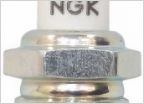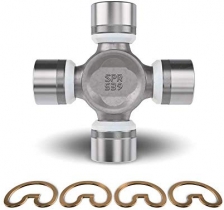-
Welcome to Tacoma World!
You are currently viewing as a guest! To get full-access, you need to register for a FREE account.
As a registered member, you’ll be able to:- Participate in all Tacoma discussion topics
- Communicate privately with other Tacoma owners from around the world
- Post your own photos in our Members Gallery
- Access all special features of the site
Cali Emissions
Discussion in '1st Gen. Tacomas (1995-2004)' started by WillieSav, May 11, 2017.
Page 1 of 2
Page 1 of 2


 First o2 sensor part number?
First o2 sensor part number? Dead Rat inside blower motor, 2001 Access cab Tacoma, 315K miles
Dead Rat inside blower motor, 2001 Access cab Tacoma, 315K miles 5vz-fe idle issues
5vz-fe idle issues Code reader HELP!
Code reader HELP! Sparkplug question
Sparkplug question











































































